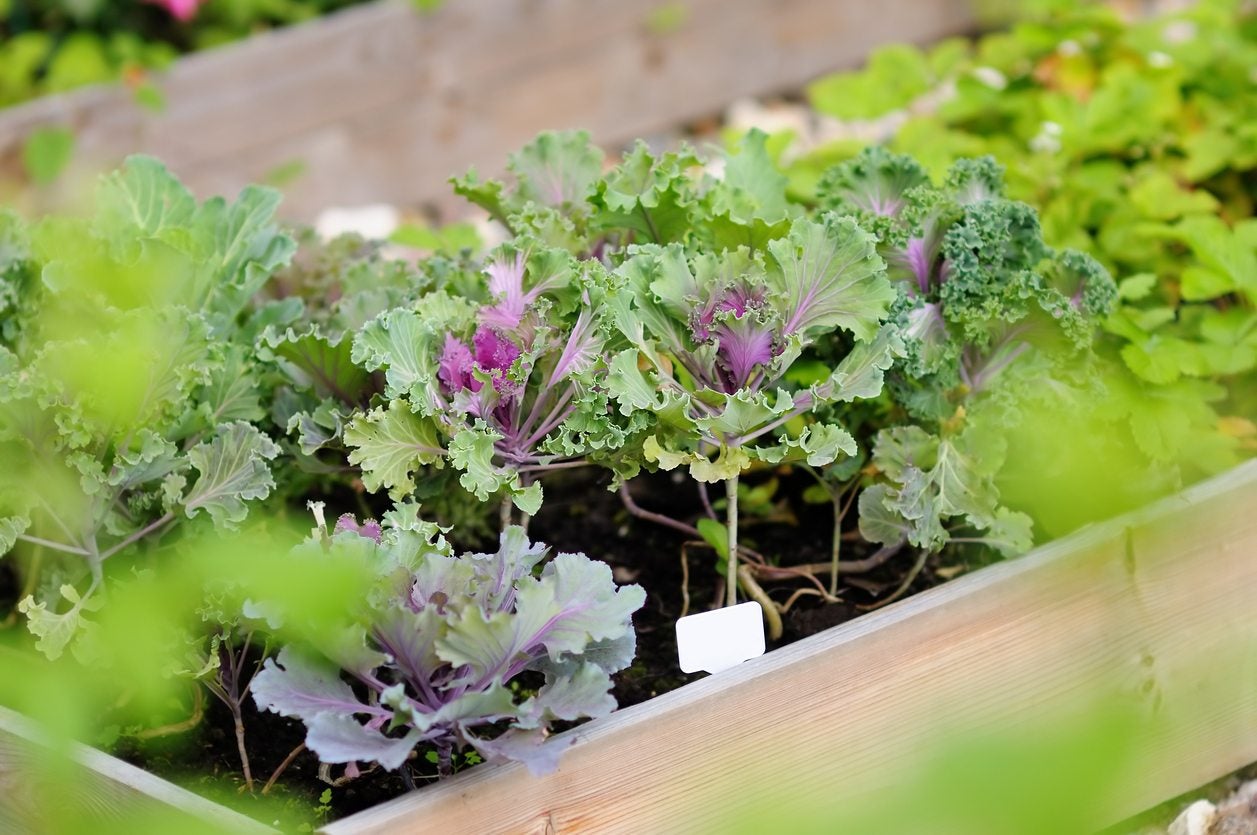Zone 6 Vegetable Planting: Tips On Growing Vegetables In Zone 6

Live in USDA zone 6? Then you have a wealth of zone 6 vegetable planting options. This is because although the region is characterized as having a medium length growing season, it is suited to both warm and cold weather plants, rendering this zone accommodating to all but the most tender or those that rely exclusively on hot, dry weather to thrive.
One of the most important factors when growing vegetables in zone 6 is knowing the correct planting times for zone 6. Read on to find out when to plant vegetables in zone 6.
About Growing Vegetables in Zone 6
Planting times for zone 6 will depend on whose zone map you are consulting. There is a zonal map put out by the United States Department of Agriculture and one put out by Sunset. These vary greatly for zone 6.
The USDA map is broad of stroke and encompasses Massachusetts and Rhode Island, extends southwest through parts of New York and New Jersey, Pennsylvania, West Virginia, Ohio, Indiana, Michigan, Illinois, Missouri, Kansas, Colorado, Nevada, Idaho, Oregon, and Washington. USDA zone 6 doesn’t stop there but branches out into northwestern Oklahoma, northern New Mexico, Arizona, and on into northern California.
A very large area indeed! Conversely, the Sunset map for zone 6 is very small containing Oregon’s Willamette Valley. This is because Sunset takes other things besides the coldest winter temperature average into account. Sunset bases their map on factors such as elevation, latitude, humidity, rainfall, wind, soil conditions and other microclimate factors.
When to Plant Vegetables in Zone 6
If relying on the coldest average winter temperature, the last frost date is May 1st and the first frost date is November 1st. This will, of course, vary due to our constantly changing weather patterns and is intended as a general guideline.
According to Sunset, zone 6 vegetable planting runs from mid-March after the last frost through mid-November. In both cases, it’s important to remember that these are guidelines and winter, or summer, can come earlier or last longer than is typical. Some plants can be started inside (typically around April) for later transplant. These include:
Gardening tips, videos, info and more delivered right to your inbox!
Sign up for the Gardening Know How newsletter today and receive a free copy of our e-book "How to Grow Delicious Tomatoes".
The earliest seeds to sow outdoors are cabbages in February followed by the following crops in March:
Carrots, lettuce and beets can go out in April while you can direct sow sweet potatoes, potatoes, and squash in May. This, of course, is not all you can grow. For more information on vegetables well suited for your area, contact your local extension office for advice.

Amy Grant has been gardening for 30 years and writing for 15. A professional chef and caterer, Amy's area of expertise is culinary gardening.